It is deeply disturbing for nature lovers to see our natural treasures fading into oblivion right in front of our eyes. It is even more heartbreaking for the local people who reside in the vicinity of the park
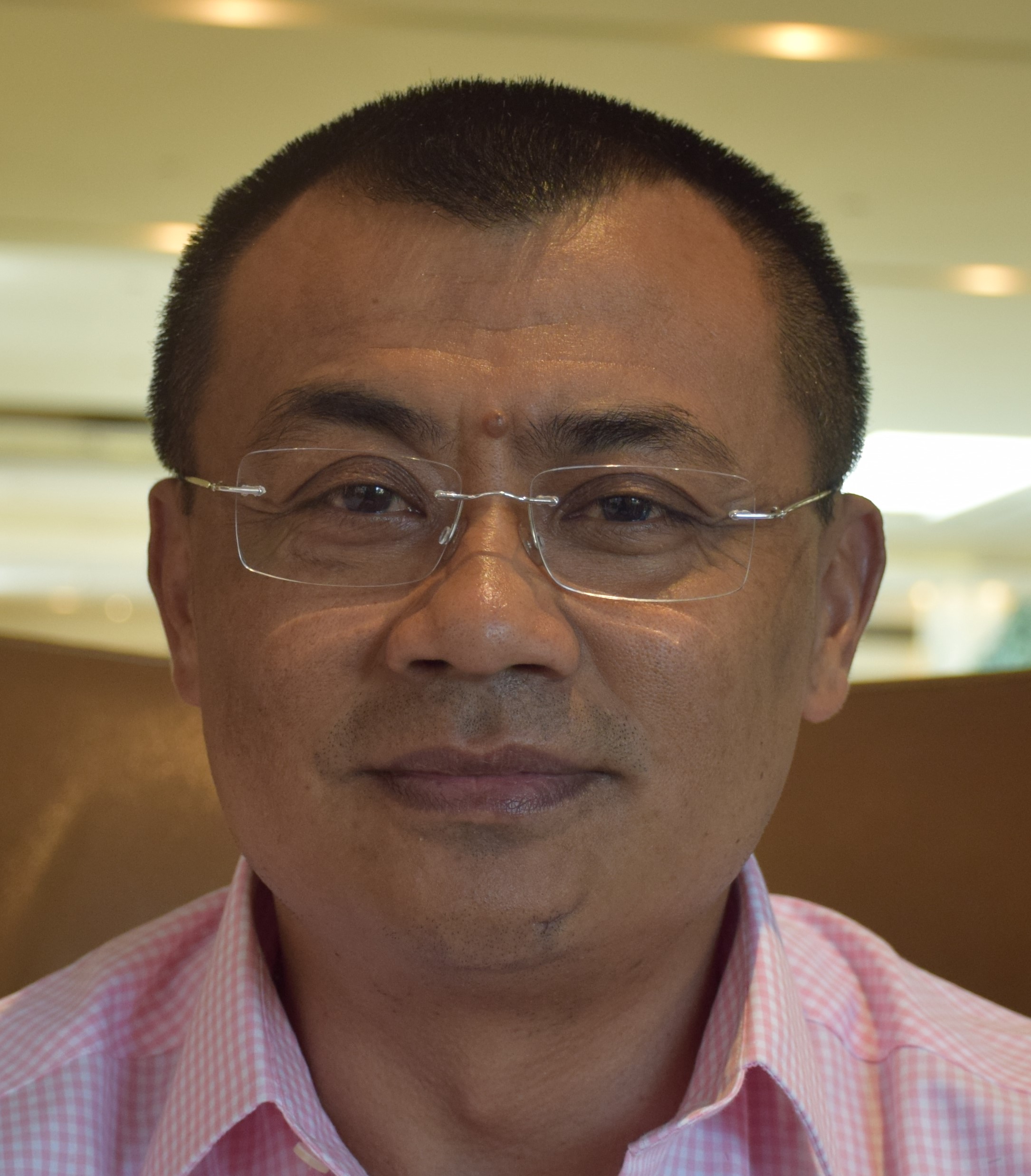 M. Asnikumar Singh
M. Asnikumar Singh
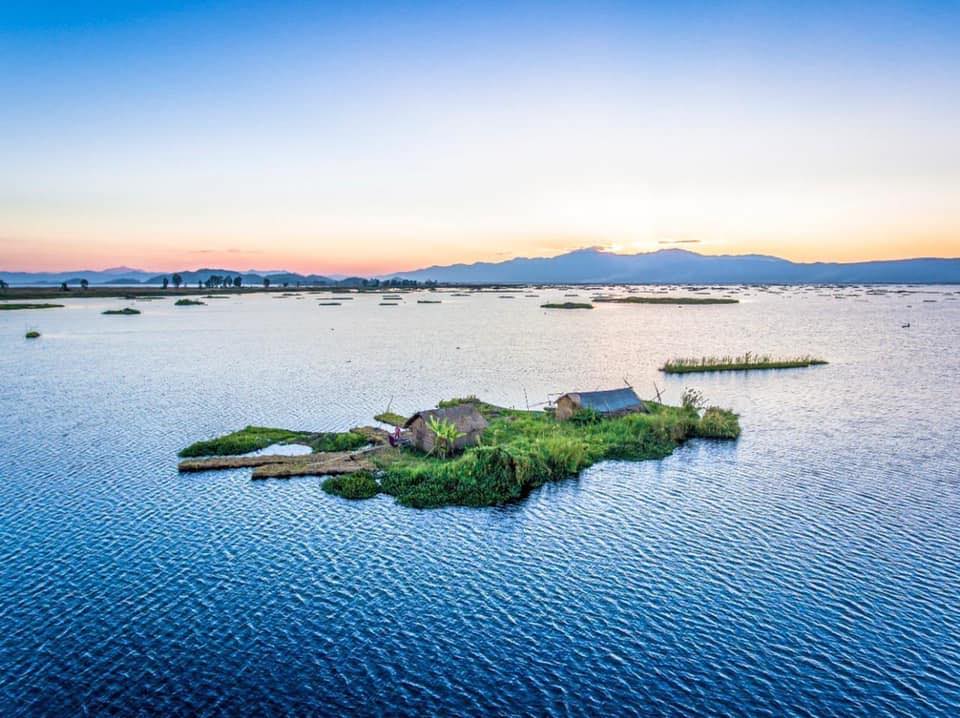
The world wildlife week(celebrated from 2nd to 8th October every year) is often overlooked and it is beyond the understanding of nature lovers and admirers; the extent to which people are busy trying to outdo each other in this age of rapid development and growth, often ignoring the things that truly matter to us; things that are crucial to earth’s ecological equilibrium.
And growth at what cost? The current trend and trajectory of developmental practices will have serious consequences for the wildlife population not just of the nation but for the globe as a whole.
Biological diversity of a region ensures the natural sustainability of all life forms within the region.
There is a saying ‘ we are what we make of ourselves’. The ongoing trends impose a heavy (which is on the verge of becoming irreversible) burden on the sustainability of wildlife; both in terms of habitat and food for numerous species on earth. The most visible analogy is the rapid melting of polar ice caps due to global warming and the trouble it spells for species such as polar bears, walruses, arctic foxes etc.
Environmentally ethical and sustainable techniques of utilising bio-resources ought to be at the apex of the development dialogue moving forward.
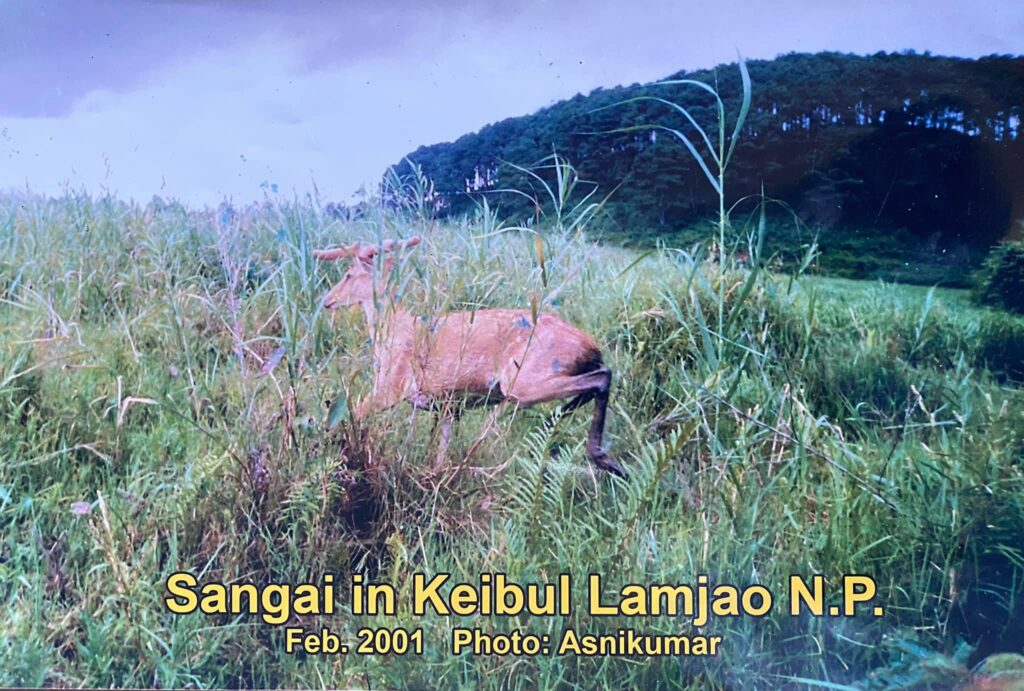
The Sangai question.
There’s always a saying, “Think Globally, Act Locally”.
Being someone who grew up in rural surroundings, in the vicinity of a floating national park, one can’t help but feel anxious about the state of perhaps our state’s most beloved animal, the Sangai(Rucervus eldii eldii). It is a highly endangered species which is endemic to the Keibul Lamjao National Park (the only floating national park in the world). It is one of the purest God given treasures to our land. Unfortunately, due to rapidly changing environmental conditions, forced on by man made activities like the construction of the Ithai Barrage as part of the Loktak Hydel Power project, the natural cycle of the Loktak Lake has drastically changed and this, in turn, has deeply deteriorated the ecological balance of the National Park. The worsening water quality of the park is indicated by record pH levels of 4 to 8.5. This is also directly linked to the ecological impacts of the Loktak Hydel project on the park.
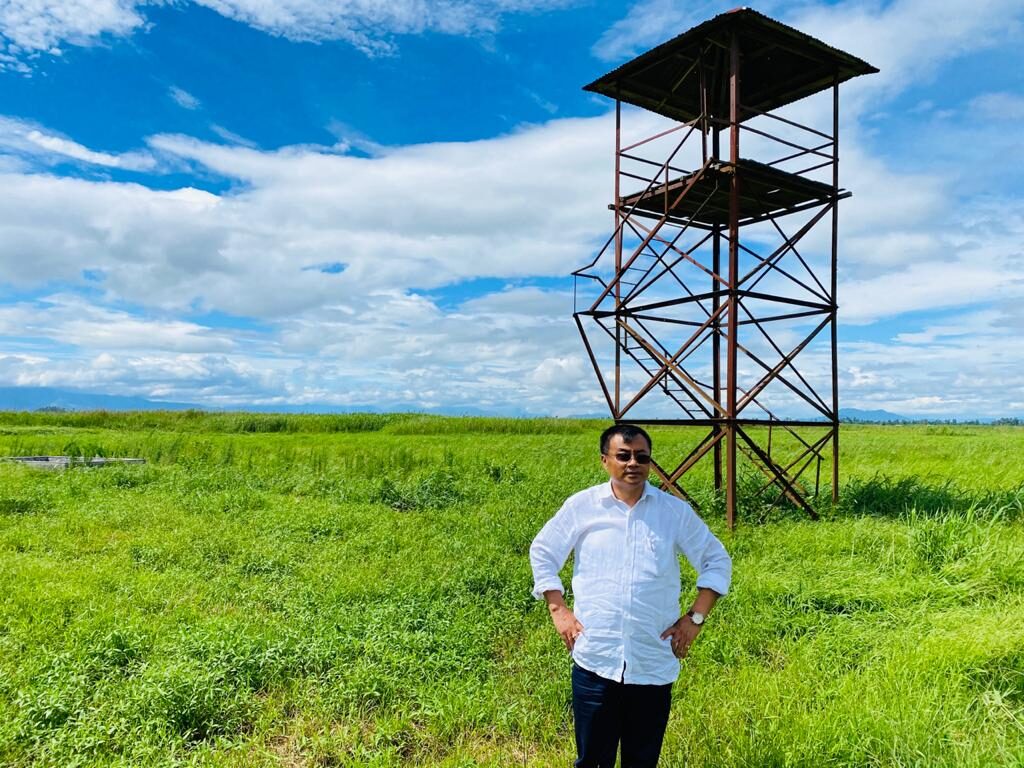
Prior to the Sangai’s habitat being declared as a National Park in 1977, the local people of Keibul Lamjao cultivated crops, fished and even collected fodder for their domestic cattle in the premises of the Sangai’s habitat. They also performed the task of protecting the Sangai from intruders who came from neighbouring areas with intentions to hunt the animal. This was a relationship of mutual love between man and animal. Environmentally unviable development projects of the past are one of the main factors of the changing environmental cycle.
It is deeply disturbing for nature lovers to see our natural treasures fading into oblivion right in front of our eyes. It is even more heartbreaking for the local people who reside in the vicinity of the park.
The need of the hour is a review of past projects as well as cohesion between all the stakeholders; govt authorities, experts and local people to formulate an effective scientific management action plan both for short term and long term with thorough consideration of the above points to save this beautiful species and its habitat. Moreover, what is also required is changes in the relationship between the Forest department and the local people who live in the vicinity of the park; the forest department can act a social bridge for the locals, who even today feel it is their duty to safeguard the Sangai.
An opportunity for redemption
The world wildlife week presents the perfect opportunity to bring about some long overdue changes in the minds, ideas of policy shapers, legislators as well as local people, who have a crucial role to play in the journey of wildlife conservation in India. Perhaps the only question we ought to ask ourselves in these clutch moments is “Who are we to fiddle with nature’s balance?”.



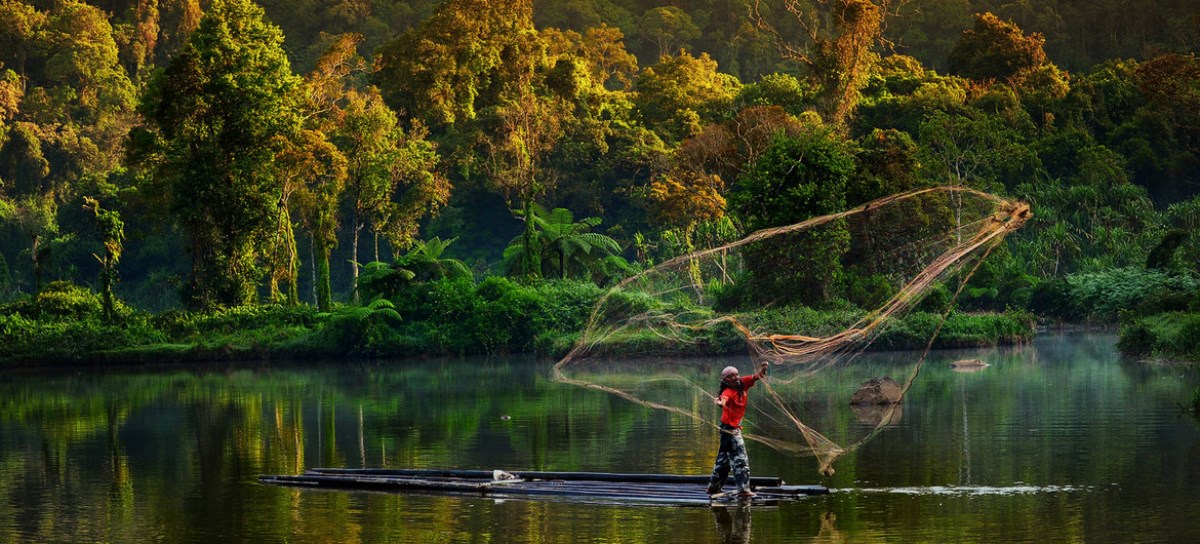


Great 👍 article
I think loktak project and ethai barrage must dismantle, their productivity is far more dangerous to ecology of loktak and its surroundings moreover they a they are too old
I think loktak project and ethai barrage must dismantle, their productivity is far more dangerous to ecology of loktak and its surroundings moreover they a they are too old
Can we breed more Sangai through modern techniques.
The planet we live in needs equilibrium balance and harmonious coexistence between men, animals, organisms and their environment.
The planet we live in needs equilibrium balance and harmonious coexistence between men ,animals, organisms and their environment.
M Asnikumar’s article is about love and compassion of a different dimension it’s about conservation and sustainability the idea of thinking globally and acting locally is the need of the hour …indeed a rich contribution and food for thought